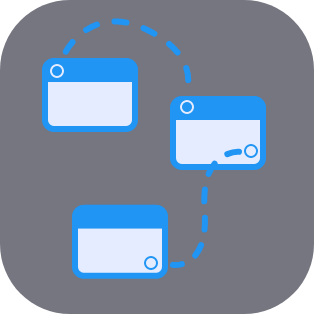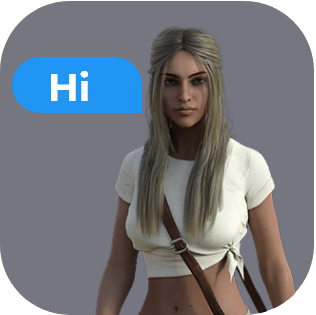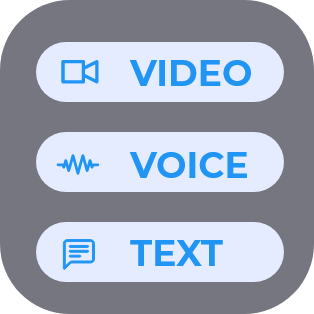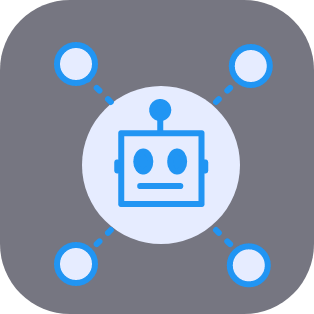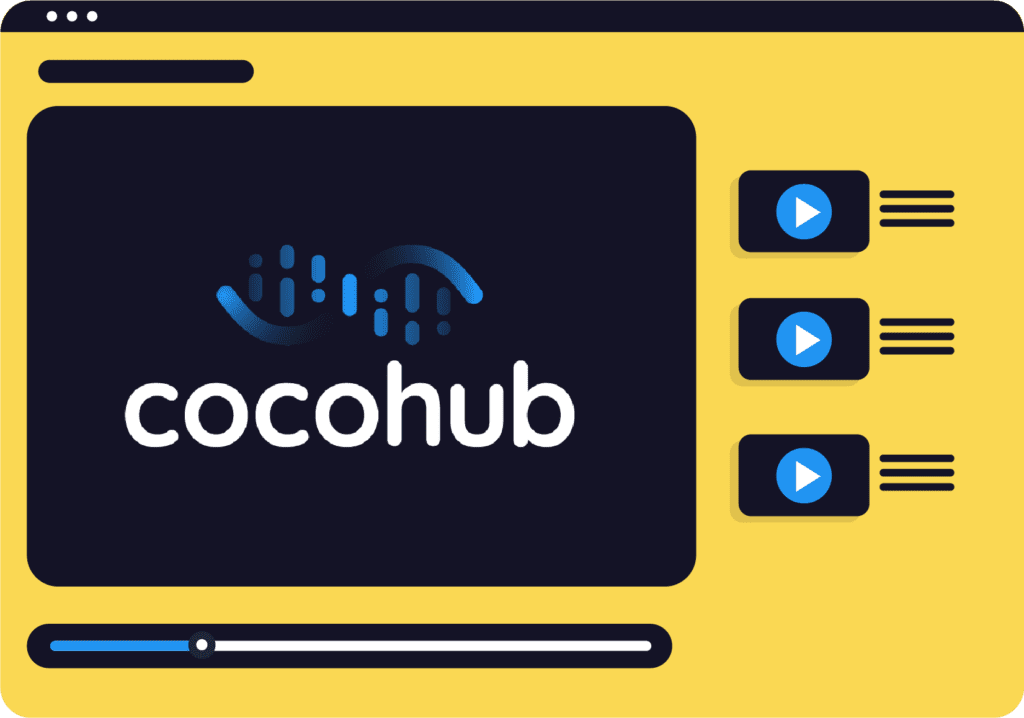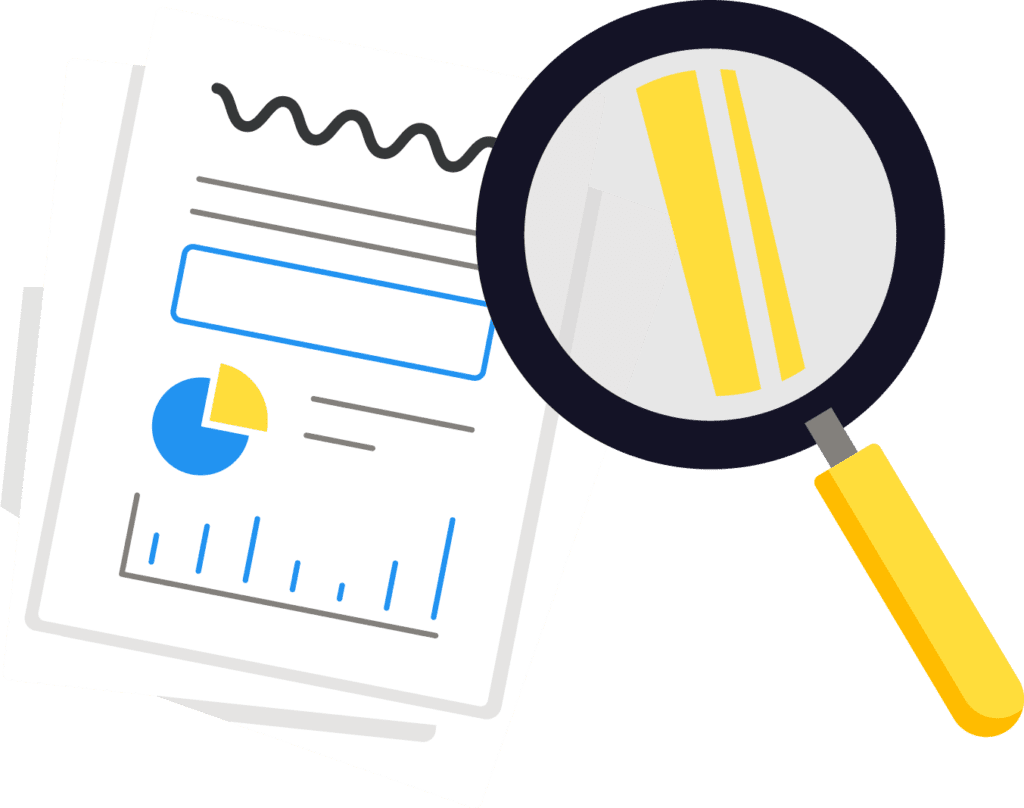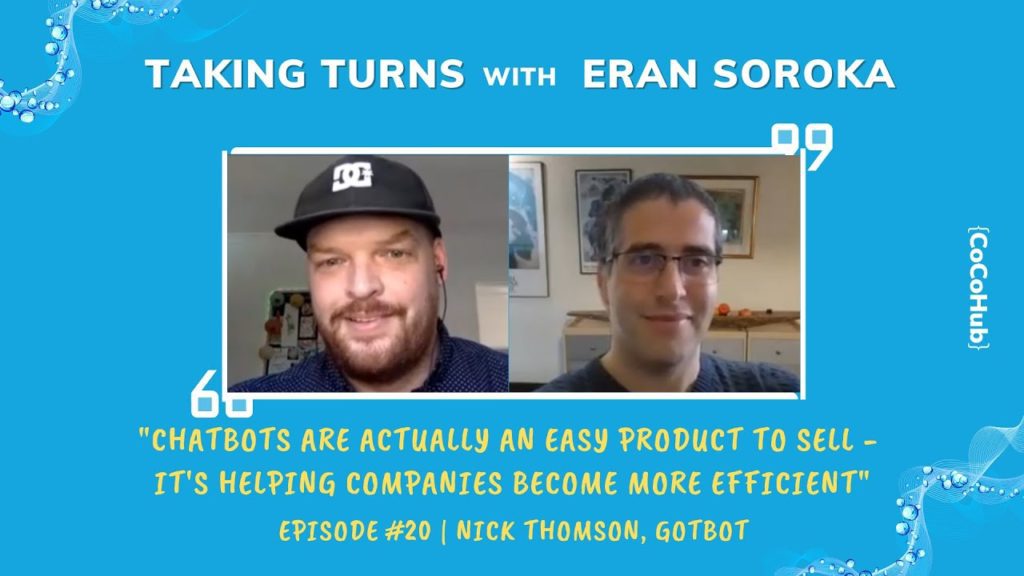Sometimes, you see the spark in the eyes of the person you’re talking to – and Nick Thomson is one of these people. The GotBot Bot overlord from Cape Town, South Africa, was working in account management two years ago, when his fascination with conversational AI – inspired by a Black Mirror episode – brought him into the amazing world of chatbots. In the latest Taking Turns episodes, he talks the benefits of having a company chatbot for your business, why a good chatbot needs to be “super sassy”, and how he helps people who lost their jobs in 2020 pivot to conversational AI.
• So, What’s a bot overlord?
The case for company chatbots
The Hiccup of Facebook Lite

• So, How did you become a conversation designer?
Since I have no background, I literally met with the owner of the company. I was kind of tired of my previous job and I was just like ‘I need something new. I need something more interesting that I could kind of commit myself to’. And I asked them if I could meet with him, then end up getting the job.
That was two years ago and it really has been such a great time. Since then, I’ve been able to actually move myself into the lead conversation design role. However, I’m also building a lot of the integrations now for our clients. So if we need to go in and fetch tax certificate information or whatever it is, we can build integration into our clients. It really is such an honor to be in such a cool industry.
Do you want a chatbot connected to a Zoom in your business? Here’s how to do it.
• What’s the chatbot or project that you’re most proud of?
There are two. First one is impressive because of the high volume. So, we built a bot that facilitates Facebook ads communication. So there are Facebook campaigns that are going out, and then users will select and then use payloads when they click the buttons that get directed into a specific part of the chatbot.
Unfortunately Facebook lite doesn’t work like that. So this has been one of our biggest clients that has also been aimed at their target audience is a very high Facebook lites audience. Furthermore, it’s been very complex because we’ve had to stay on top of Facebook developer notification. And trying to just make sure that whatever happens on Facebook site doesn’t affect a live production clients.
For some perspective on the volume – so I don’t know exactly what type of volumes you guys deal with, but on our sides this bot is an average between 200,000 and 250,000 unique users a month.
So, the advertising is the top of the funnel; then the bots kind of just facilitates the part of the funnel and then spits out whatever is validated. So this bot is connected to multiple Facebook campaigns, it then directs users through a certain flow and then it validates information. The company chatbot then hands that over to the company, who then contacts the user to close the sale. and for general – what we’re doing is a bot it’s about 1,500 to 2,500 validated leads a day. Looking at it over a year – obviously it adds up quite a bit.
Previously on Taking Turns – Check out the whole playlist
Storytelling Chatbots: How Amy Stapleton makes the lonely feel better
Geertina Hamstra: “People prefer to tell personal things to a chatbot”
Dexter Zavalza: Former educators can contribute to conversational AI
Obviously, it’s so easy really with clients because they can see now that if they spend X amount on advertising revenue – you can literally just see like the waterfall charts and they know that we’re going to get these clients.
These leads are worth this much to us and customer lifetime value. So it really an exciting process but the volume is so big in their client, that’s we’ve actually needed to completely update how we do our infrastructure. So our GotBot team is absolutely amazing, such a nice group of guys to work with. However, we also try to innovate so that our software is cost effective for US.
Because there’s been such a big clients, we’ve had to completely rebuild our infrastructure. We had to move some microservices, Kubernetes-type infrastructure, just so that it can handle more variances in the user traffic. That’s been a combined team effort.
The other projects on my side isn’t as impressive, but it was both completely by myself. Although I might not really understanding code – it is a live database which a lot of people are currently working on. Essentially, the bot finds certain types of information from that database based on entities that are set up to, then match the certain types of text that the user would then say. “I’m looking for a butchery”, or whatever it is. It’s more it’s like an FAQ bot that is connected to Live Network.
CoCo & Co Content reCommendations
- 5 reasons why chatbots are the future of e-commerce
- How AI is making an impact on incumbent industries?
- When sound design makes all the difference
- Check out our conversational AI glossary
Obviously I’ve had to explain how contexts work, how entities work, how to manage them. So, it’s been a really cool process of actually joining clients where I know what our chatbots can do. We’ve started out, then started exploring the next step. I’m sure you’ve seen this on your side. Your guys’ content and the updates you keep making to the platform, are awesome.
• What’s the most important thing for a chatbot, in your opinion? Working at volume? Something else?
Ideally, what I would love is for every chatbot to be super sassy. So you can say ‘give me this information’, and she’ll say ‘Sorry, you didn’t say please’. Really, I want to build a chatbot which is helpful to humanity eventually. Definitely there’s a difference between what we both kind of do commercially for our clients (company chatbots, for example – E.S).
Obviously you can’t have a bot that’s not very politically correct if you’re building company chatbots for a client. However, if you’re building it for yourself or for your own projects, you have a lot more freedom. So one of the things that’s needed to give someone a unique or believable experience with the chatbot, is that it should be something that which would disagree with you.
A lot of bots are so agreeable. Do you know “Ex Machina”, the Alex Garland movie? It talks through what it’s like for a human to encounter super-intelligence AI. What I found so believable about the character Ava, was that she kind of butted into the question sometimes. So Caleb the developer – he’d be busy talking and she’d stop him. Or he’d say something and she said no.
That’s quite cool, and that’s I like about Mitsuku as well, she’s very sassy. Since humans are quite sassy, it’s quite believable. Unfortunately, you’t can build it for a multinational brand, unless that’s part of their plan.
• What is the funniest or awkward thing that happened to you while designing chatbots?
Rather than funny… it’s definitely awkward and difficult. It was probably about 2-3 months into my new job when I merged two of our biggest bots, NLP agents, together in DialogFlow by accident in a production environment. Although not funny, it was an interesting situation and we obviously resolved it. I like preaching backups, as well as my colleague Craig McLeod. And I had done my backups the day before so I was fine. It was just a bit strange. We knew that there was a problem immediately.
Obviously, it is quite a quick resolution, but I the thing to kind of learn from that is that: The technology is quite easy to get into, now that there’s so many different moving parts. And getting into this industry is obviously very viable financially. A lot of people are looking for ways to be more efficient or to make their interface better for the users.
“Stuff Breaks”
However – when building something like that, company chatbot or other one, they are going to be some failures. Sometime, things are actually just going to break. There’s this big goal that you’re going for and technology changes. My Google went down the other day. So if Google goes down, it can happen to anyone.
So the cool thing is that clients generate on our side like – sure, everyone makes mistakes. Everyone goes through their failures. But when you grow, when you’re trying to play around with technology that’s relatively complex, there are lots of things with dependencies. Even just getting into the technical stuff – I don’t understand really how our guys build all these crazy things that connect together.
Stuff breaks, but that’s definitely one of the things that I look back and it’s so cool that we just moved together quickly, solved the problem, spoke to clients, sorted things out. Also, there’s a lot of guys who are in this field now who don’t have any previous experience. So generally in our company, with GotBot, a lot of the time we’re grouping together to try and dream of what the next step is, but not really sure how we’re going to get there. Since we’re delivering so much, a lot of the time the thing is – if you want to make an omelet, you gotta break some eggs.
• what else to you want to tell about GotBot? And how can somebody enter the conversational AI field?
At the end of the day, GotBot is building a conversational interface to improve the lives of your brand’s users. And that’s something that I’ve seen across the whole voice community: everyone is actually trying to do their best thing in their kind of niche.
What’s really cool in chatbots is really how easy it is to get into this industry. Similarly to the website boom forever ago, then the Bitcoin boom. It’s almost like the early adopters a lot of the time have the most potential to benefit from it. Also, I’m quite a good case study of not understanding anything beforehand. I’ve spent most of my life in digital marketing and just deciding to change and applying myself.
Actually, anyone can actually get into it. It’s not like there are a lot of people who have been doing it for a very long time. So if you know what you’re talking about and you’re interested, so many companies are looking for that kind of talent. Hence, one who is willing to just learn and adapt to challenges. The most complicated part of it is if you can draw the page, the conversation and all of our options. Assuming you do, learning to program that into systems is actually isn’t that difficult.
Functions, Loops and Variables
Recently, I’ve been running “learn to code” workshops. It’s been so awesome because I’ve found that there’s so many people who have had a very difficult 2020. They’ve either resigned or they’ve been told to leave their companies and they don’t know what to do.
Obviously, you’re won’t go to a workshop and then apply immediately for a job. However, what I’ve done in these workshops is really to indroduce people to Python. There I’ve shown people how to create certain shapes, and to offset them, and the idea really is to teach functions, loops and variables.
The most awesome thing? I’ve had 3 workshops in the past month, and every single person has understood it. Every single person has been able to write and run their own code. And there’s so much almost fear and hesitancy of going into something technical, because we feel that it’s going to be an insurmountable task that we’ll never be able to do.
In reality, you can just start small. Start with building conversations, and then, if you want to – move into JavaScript start building webhooks. If you want to start building your own NLP stuff, start going to TensorFlow. There’s so many fun applications, that’s if you just learn something now, and you try and learn something again tomorrow, you’ll continually be improving.
Teaching South Africa
So for me that’s actually a passion, globally but also with for me within South Africa. There’s a lot of poverty here, but there’s also so much potential in this beautiful country. There are so many things that can be done. Furtherly, technology-focused education is such a healthy thing to try and get into. The potential is unending.
If you know how to use Python – what can’t you do with Python? You can probably connect to a coffee machine with a library created specifically for Python. There’s a community of people who are trying to work together to build something great.
So learning to code is kind of just saying – I want to join that team, I like what they do. Rather than ‘I want to know everything’ – because you can’t.
We’re out for a short holiday break – but will be back soon! In the meanwhile…
Subscribe to our YouTube channel | Join our Discord community | Sign up for our newsletter | Follow us on Facebook, LinkedIn, Instagram or Twitter

